Work.
Over the years I have been very fortunate to work with a broad set of awesome clients distributed across the globe. Together we have tackled some of their gnarliest challenges creating a true impact in people's daily life.
Even though I have thoroughly enjoyed partnering with so many diverse clients with fascinating opportunities for us to explore together I can't talk about most of them... The nature of the projects I tend to work on means that I'm bound by strict NDAs. So below you will find some snippets of the more public and a bit older work I have done.
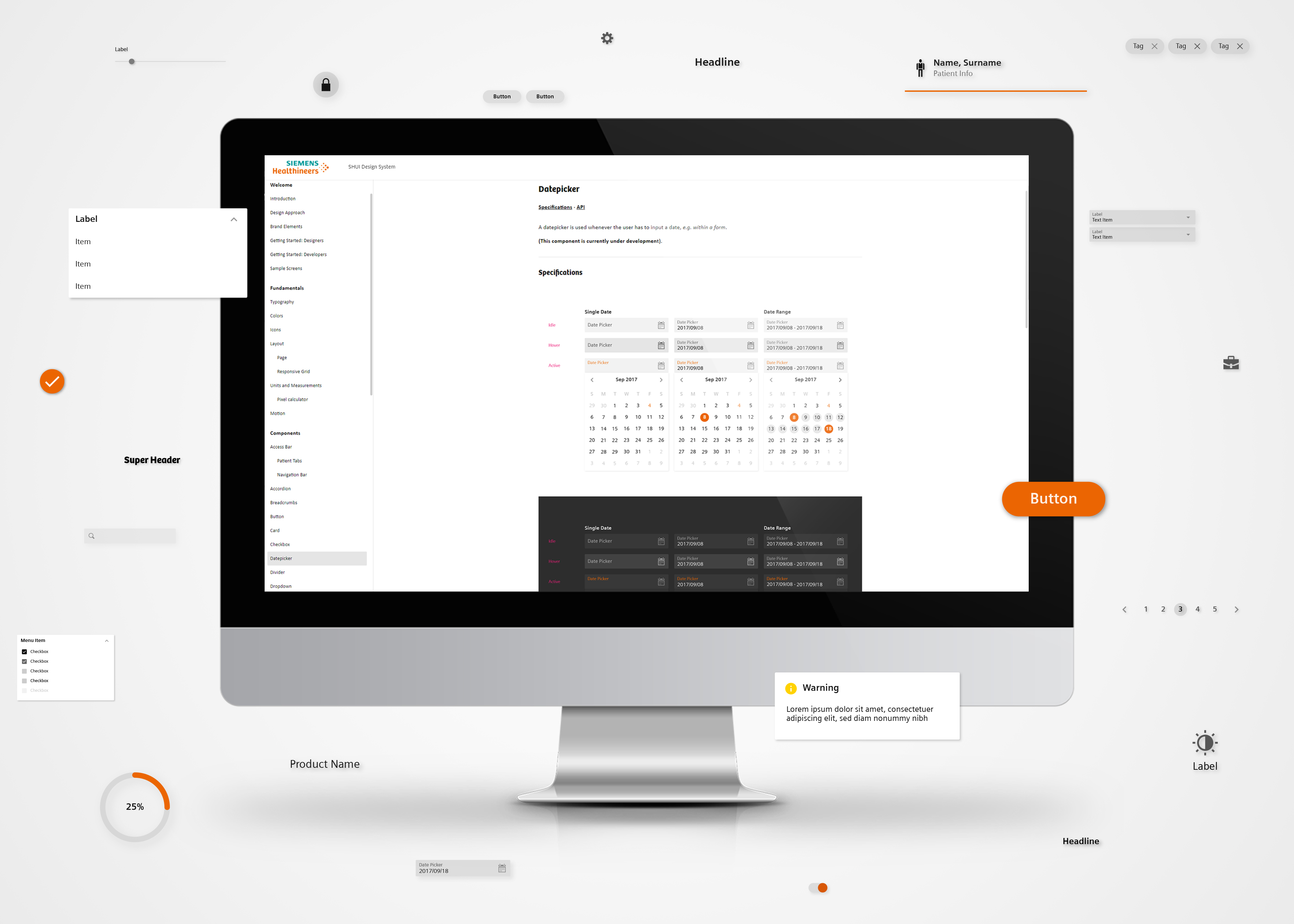



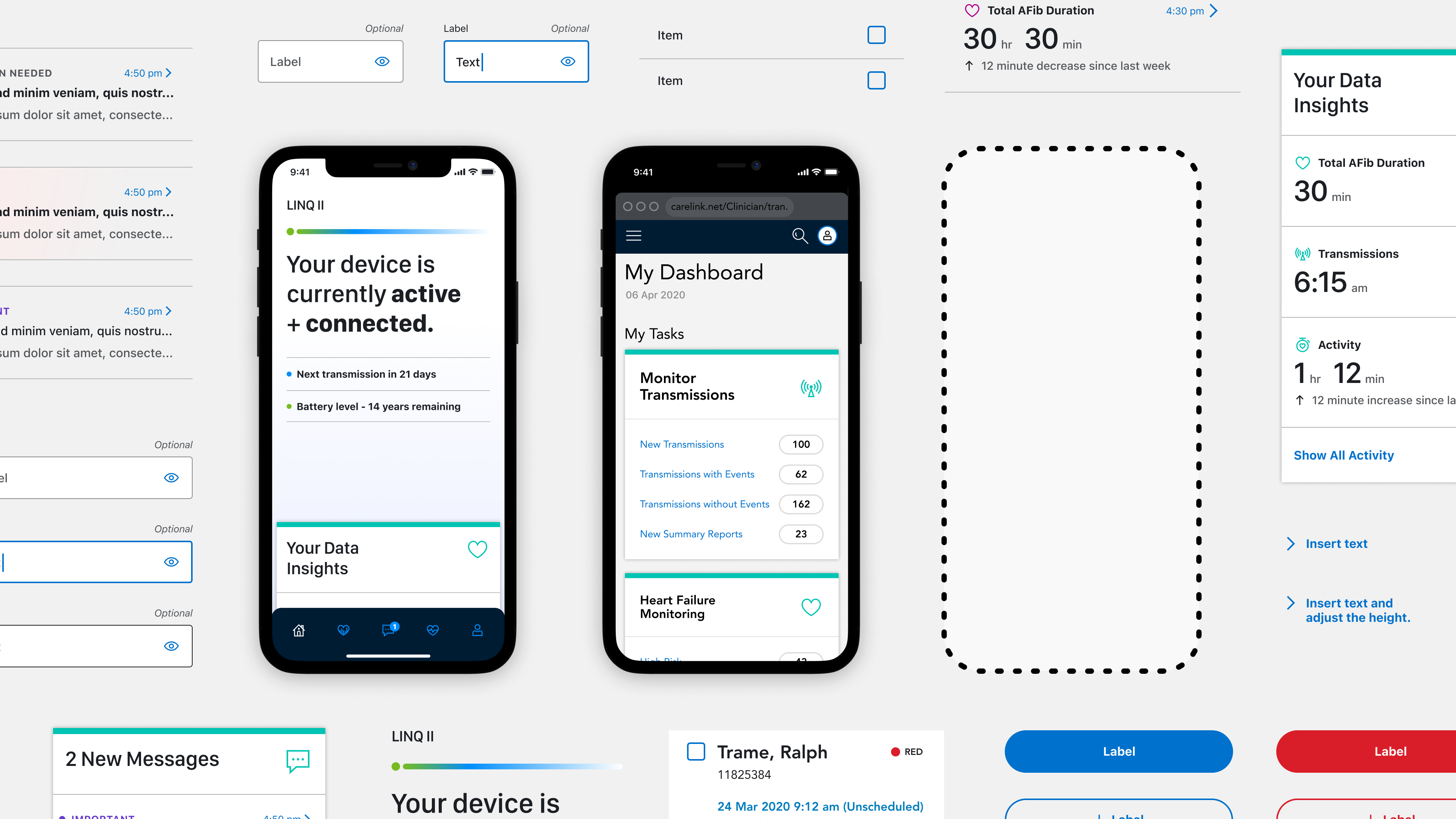
Design Systems
Giving people superpowers and seeing them leverage these to create so much impact is simply just awesome. So I find myself lucky to have worked with multiple different companies on their design systems and the processes behind them. These processes and tools have enabled them to focus on creating vibrant and functional products in their organisations.
My role has often been to rethink the system from the ground up. So using an atomic design approach to define the purpose, principles, the UX/UI, and how it can be best anchored in the organisation through proper governance and support. This includes deep user research with future users and stakeholders of the system.
Some of the work is more public, like SHUI for Siemens Healthineers, but the majority is hidden inside the core of companies enabling teams to focus on delivering value to their users.



Design for the future
Knowing how the future will play out is impossible. There are so many different variables impacting what will come next and there are so many potential outcomes. By applying a design process anchored in making, sharing and research we can gleam into it though enabling us to make better-informed decisions today to guide us into desirable futures or prepare us for the more undesirable ones.
Through the years I have worked with many large companies across the world to help them define plausible futures and design the products that accompany them. I have worked on new car platforms, how to think about future data needs, how AR will evolve, AI's impact on products and many other topics. The result has impacted strategies, roadmaps and markets to enter.

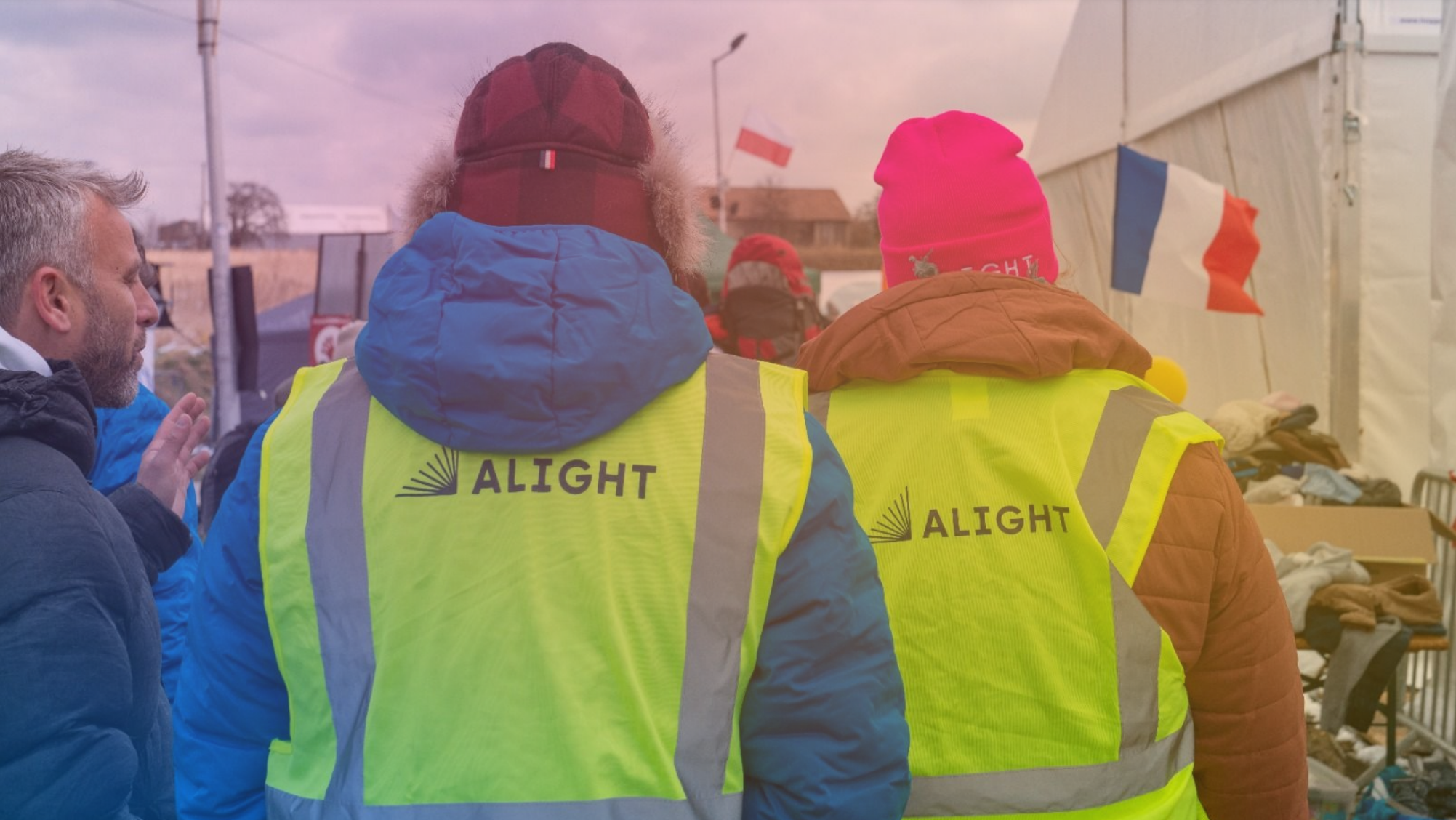




Ukraine housing
2022
After the Russian invasion of Ukraine, millions of people got displaced. Just days after the invasion started Alight was on the ground helping displaced individuals by doing the doable (handing out blankets, organising food, orientation etc). We at IDEO got contacted to help scale that through first understanding and mapping out the journeys and needs that were happening and then building out tools to support the volunteers to reach a larger demographic, while still retaining the strong human touch that Alight is known for.
In under 6 weeks a coaltion of Alight, ideo.com, ideo.org mapped the flows, identified housing partners and launched three versions of the site called Alight Guides that helped connect temporary housing with people in need. Together we provided over 25.000 nights to people.
We continued the work with Alight through follow on work mapping out and designing housing solutions for longer-term stays and to help primarily Ukrainians build out their new life in Poland and beyond.






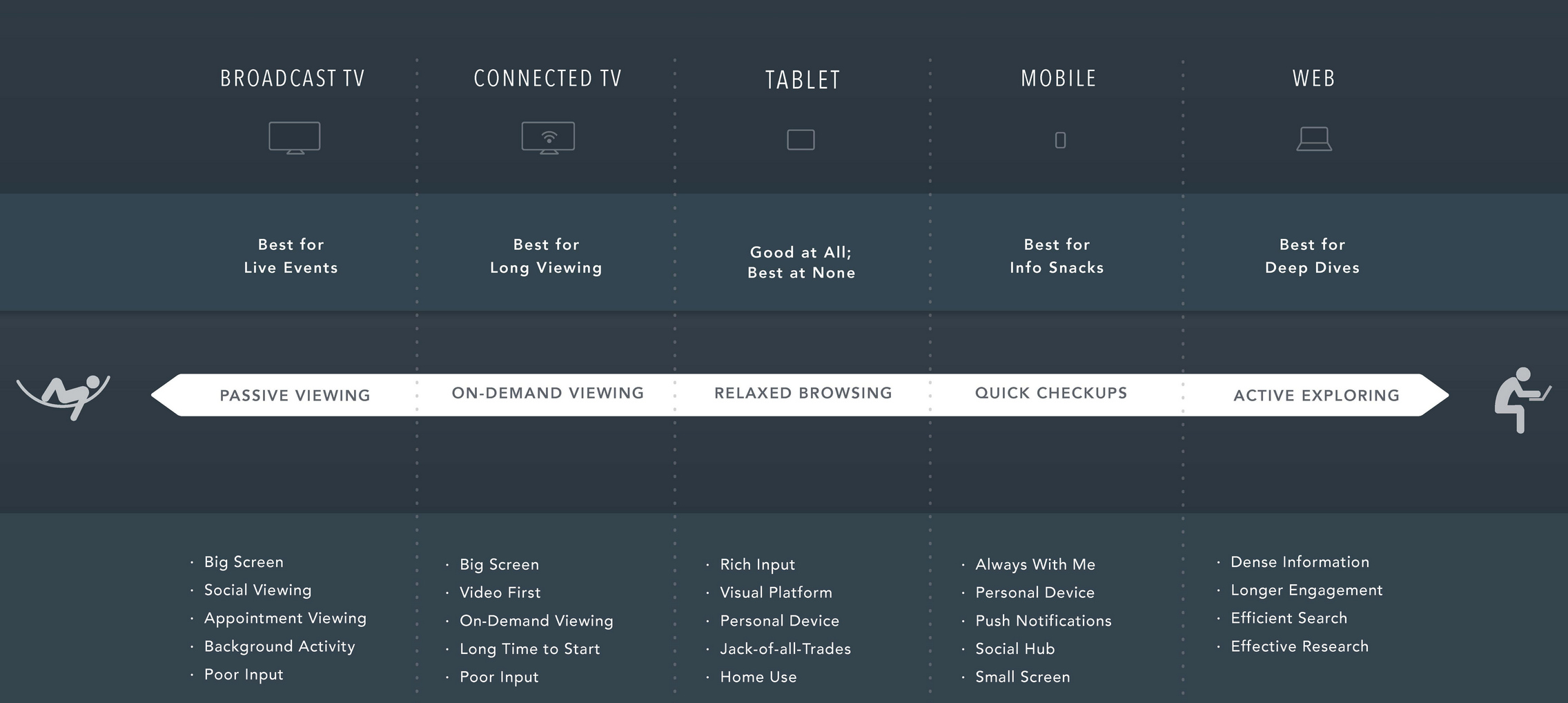
NFL
2014-2015
During my time at IDEO, I worked with NFL on a range of products and content strategies. Together we researched and designed their main mobile app with a strong fan-centricity at its core. The app was launched into the app store where it has been a permanent top 3 sports app since then.
The app was supported by a new strategic approach to content where we worked to crystalize the, at the time, very fragmented landscape of NFL shows/highlights/editorial/news flashes and created clear "buckets" for all of them to live in. This was driven by the fans changing mode through the weeks and the season and allowed internal production teams to better prioritize and identify blind spots.
I and the team also explored some more future-facing scenarios on how NFL could come alive on different platforms such as connected TV.




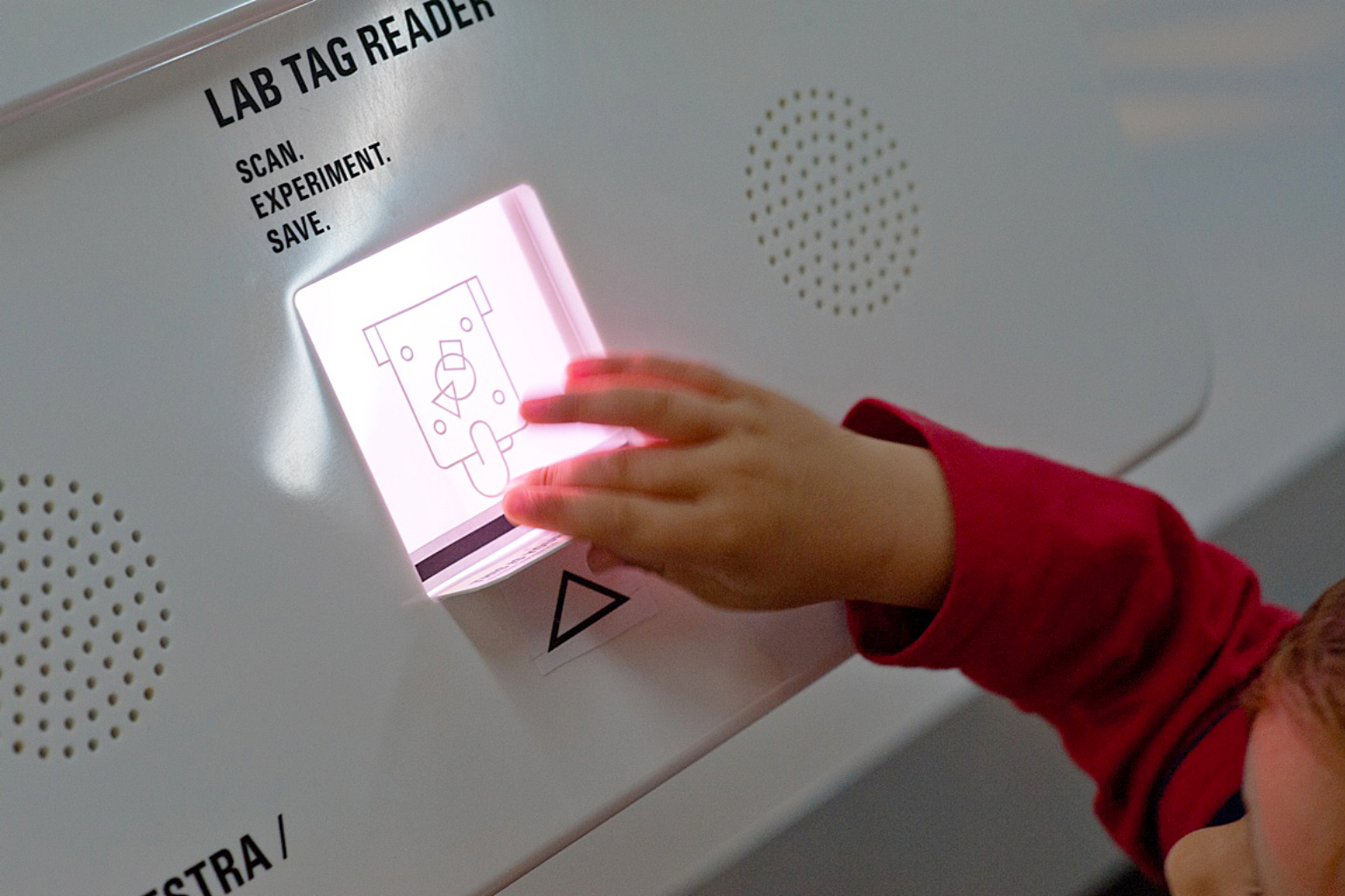



Chrome Weblab
2012
Chrome Web Lab was developed for Google as a unique and first-time exhibition bridging the physical and digital worlds housed at London Science Museum. Visitors online could interact with each other and at the same time with visitors in the physical museum through five experiments.
This interplay pushed the boundaries for what was possible with browser technology at the time and at the same time made the visitors, both physical and digital, think about what the web can offer.
The exhibition's five main experiments were each responsible to highlight some of the core technologies that were used daily inside Chrome such as OpenGL to render complex 3d shapes and Web sockets for real-time communication.
The work was a collaboration with people from Tellart, Universal Design Studio, MAP, B-Reel, Karsten Schmidt, and Fraser Randall coming together to deliver this for the Google Creative lab team.
My main role was as a creative technologist bringing the experience to life by experimenting, designing, and building, together with my colleagues at Tellart, the different experiments in the museum.
- 5.1M views of the launch video
- 570K visitors to the museum exhibition in London (+14% target)
- 400K views of the educational video (+26% target)
- 6.7M Online Visits from 196 countries (+34% target)
- 200+ Press stories
- 22 Industry awards across multiple disciplines




New interactions
Ongoing
Over the years I have explored new ways of interacting with our surroundings. Many times it has been as part of a larger project to define a new experience for a client while sometimes the exploration is the purpose by itself. To explore I'm using a broad set of microcontrollers, web technologies and other prototyping materials to explore through making.
Contact
For collaboration enquires please email contact@davidsjunnesson.com with a short description of your thinking and we can jam together to define it further.











